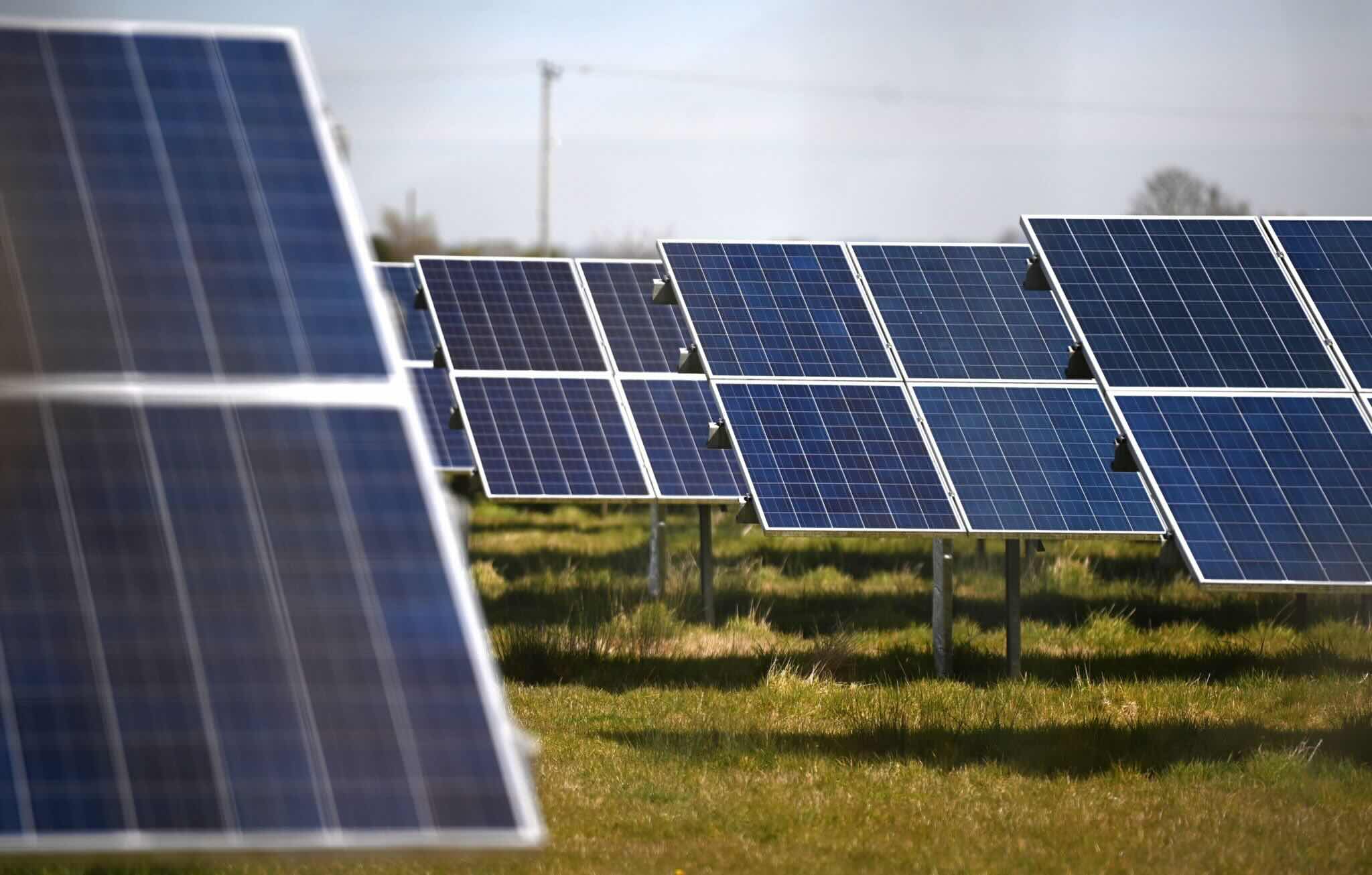

Articles
How To Store Solar Panels
Modified: January 9, 2024
Learn the best storage techniques for your solar panels with our informative articles. Find out how to keep your panels safe and efficient when not in use.
(Many of the links in this article redirect to a specific reviewed product. Your purchase of these products through affiliate links helps to generate commission for Storables.com, at no extra cost. Learn more)
Introduction
With the increasing demand for renewable energy sources, solar panels have become a popular choice for harnessing the power of the sun. Solar panels, also known as photovoltaic (PV) panels, convert sunlight into electricity, making them a valuable asset for homeowners and businesses alike. However, there may be circumstances when you need to store solar panels temporarily, such as during extreme weather conditions, renovations, or when moving to a new location.
Storing solar panels correctly is crucial to ensure their longevity and optimal performance when they are reinstalled. In this article, we will discuss the factors to consider before storing solar panels, as well as the step-by-step process for properly storing them to preserve their efficiency and extend their lifespan.
Key Takeaways:
- Properly storing solar panels involves cleaning, disconnecting, and covering them to protect against damage. Regular maintenance and a secure storage location are essential for preserving their efficiency.
- Consider weather conditions, duration of storage, and proper storage location before storing solar panels. Follow step-by-step guidelines for cleaning, disconnecting, and covering to ensure their longevity and optimal performance.
Read more: How To Store Electricity From Solar Panels
Factors to Consider Before Storing Solar Panels
Before storing your solar panels, there are a few important factors to consider to ensure their safety and maintained efficiency during the storage period:
- Weather conditions: Take into account the local climate and any potential hazards that could damage the panels, such as extreme temperatures, hailstorms, or high winds. If severe weather is anticipated, it may be best to store the panels indoors or in a secure location to minimize the risk of damage.
- Duration of storage: Determine the length of time you plan to store the solar panels. Whether it’s for a few days, weeks, or months, the duration will impact the storage method and necessary precautions you need to take.
- Proper storage location: Choose a storage location that provides protection from direct sunlight, moisture, and extreme temperature fluctuations. Ideally, the area should be clean, dry, and well-ventilated to prevent the buildup of dust, debris, and condensation.
- Panel orientation: If you have the flexibility, position the solar panels in a way that minimizes stress on the frame and reduces the chances of any damage during storage. In general, it is advisable to store the panels flat or in a slightly tilted position to prevent excessive bending or flexing.
- Prepare for reinstallation: Consider any preparations required for reinstalling the solar panels once the storage period ends. This may include properly labeling or documenting the wiring connections, ensuring you have the necessary tools and equipment, and scheduling any maintenance or inspections before mounting the panels again.
By carefully evaluating these factors, you can make informed decisions and take the necessary precautions to protect your solar panels during storage. Now, let’s move on to the step-by-step process for storing solar panels properly.
Step 1: Clean the Solar Panels
Before storing your solar panels, it is important to ensure they are clean and free from dirt, dust, and debris. A clean surface will help maintain the efficiency of the panels and prevent any potential damage during storage. Follow these steps to clean your solar panels:
- Gather the necessary cleaning supplies: You will need a soft-bristle brush, mild detergent, water, and a non-abrasive cloth or sponge.
- Turn off and disconnect the solar panels: Before cleaning, ensure that the panels are turned off and properly disconnected from the electrical system to avoid any electrical shocks or damage.
- Inspect the panels: Look for any visible signs of damage or cracks on the surface of the solar panels. If you notice any significant damage, it is advisable to contact a professional for repair or replacement before proceeding with the cleaning.
- Gently brush off loose debris: Use the soft-bristle brush to gently remove any loose dirt or debris from the surface of the panels. Be careful not to apply too much pressure that might scratch or damage the panels.
- Mix a cleaning solution: In a bucket, mix a small amount of mild detergent with water to create a gentle cleaning solution.
- Clean the panels: Using a sponge or cloth soaked in the cleaning solution, gently wipe the surface of the solar panels in a circular motion. Pay attention to any stubborn stains or bird droppings and apply a bit of extra pressure if needed.
- Rinse with clean water: Once you have cleaned the panels, rinse them thoroughly with clean water to remove any detergent residue. Be careful not to use a high-pressure water source that could damage the panels or their electrical connections.
- Dry the panels: Allow the solar panels to air dry completely or use a soft, non-abrasive cloth to gently dry them. Make sure there is no moisture remaining on the surface before proceeding to the next step.
By following these steps, you can ensure that your solar panels are clean and ready for storage. Remember to be gentle during the cleaning process to avoid any unnecessary damage. Now, let’s move on to the next step: disconnecting and turning off the panels.
Step 2: Disconnect and Turn Off the Panels
Before storing your solar panels, it is essential to disconnect them from the electrical system to prevent any potential electrical hazards and ensure the safety of both the panels and individuals handling them. Follow these steps to disconnect and turn off your solar panels:
- Locate the main power switch or breaker: Identify the main power switch or breaker that controls the connection of the solar panels to the electrical system. This switch is typically located near the inverter or in the main electrical panel of your property.
- Turn off the main power switch or breaker: Switch off the main power switch or flip the corresponding breaker to disconnect the solar panels from the electrical system. This step ensures that no electricity is flowing through the panels during the storage process.
- Confirm the power is off: Verify that the panels are disconnected by checking the inverter or any monitoring system associated with your solar panel installation. Ensure that there are no active readings or signs of power generation.
- Check the wiring connections: Inspect the wiring connections between the solar panels and the inverter. Ensure that all connections are secure and free from any loose or exposed wires. If you notice any issues, consult a professional for assistance or repair before proceeding with the storage.
- Label the disconnect switches: To make the reinstallation process easier, consider labeling the disconnect switches or breakers associated with the solar panel system. This will help you identify and reconnect the panels correctly in the future.
By following these steps, you can disconnect and turn off your solar panels in a safe and proper manner. Taking these precautions will minimize the risk of electrical accidents and ensure the panels are ready for storage. In the next step, we will discuss how to remove any debris or obstructions from the panels.
Step 3: Remove any Debris or Obstructions
Before storing your solar panels, it is important to remove any debris or obstructions that could potentially hinder their performance or cause damage. Follow these steps to ensure your panels are clear of any debris:
- Inspect the panel surface: Carefully examine the surface of the solar panels for any leaves, twigs, bird droppings, or other debris. Take note of any areas that require extra attention.
- Use a soft brush or broom: Gently brush off any loose debris with a soft-bristle brush or broom. Be sure to use gentle strokes to avoid scratching or damaging the surface of the panels.
- Clean hard-to-reach spots: For hard-to-reach areas or stubborn debris, you can use a damp cloth or sponge to carefully wipe away the dirt or grime. Take care not to apply excessive pressure that may cause damage.
- Clear the area around the panels: Remove any obstructions, such as tree branches or leaves, that may be casting shadows on the panels or obstructing their exposure to sunlight. This will ensure optimum performance when the panels are reinstalled.
- Ensure proper drainage: Check that the area around the panels is free from any objects or debris that could obstruct proper drainage. If necessary, remove any dirt or debris from the gutters or drainage systems to prevent water buildup or damage to the panels.
By taking the time to remove debris and obstructions, you can prevent any potential damage or interference with the performance of your solar panels. Clean panels are more likely to maintain their efficiency and continue generating electricity effectively. Next, we will discuss how to cover or wrap the panels to provide additional protection during storage.
Store solar panels in a dry, well-ventilated area to prevent moisture damage. Keep them out of direct sunlight to avoid potential overheating and store them in a secure location to prevent damage from wind or other elements.
Read more: How To Store Power From Solar Panels
Step 4: Cover or Wrap the Panels
Once you have cleaned and cleared any debris from your solar panels, it’s time to provide them with an extra layer of protection by covering or wrapping them. This step will help shield the panels from dust, moisture, and potential physical damage during storage. Follow these guidelines to properly cover or wrap your solar panels:
- Choose the right material: Select a cover or wrapping material that is durable, weather-resistant, and provides adequate protection. For example, you can use a specialized solar panel cover, a tarp, or heavy-duty plastic sheeting. Ensure that the material is clean and free from any abrasive particles that could scratch the panel surface.
- Measure the panels: Measure the dimensions of your solar panels to determine the size of cover or wrapping material you will need. Allow for some extra room to accommodate any protruding parts or mounting brackets.
- Secure the cover or wrapping: Carefully drape the cover or wrapping material over the panels, ensuring it fully covers the surface. Use bungee cords, ropes, or zip ties to secure the cover in place, making sure it is taut and won’t be easily blown away by strong winds.
- Avoid trapping moisture: Make sure the cover or wrapping material is breathable to prevent moisture buildup. This will help to minimize the risk of mold or corrosion on the panels. If using plastic sheeting, consider adding vents or creating small openings to allow for airflow.
- Label the panels: If storing multiple solar panels, it may be helpful to label each panel with its corresponding location or serial number. This will make it easier to identify and reinstall the panels correctly when the storage period ends.
By covering or wrapping your solar panels, you are providing an extra layer of protection against dust, moisture, and potential damage during storage. However, it’s important to note that coverage alone may not be sufficient in extreme weather conditions. If severe weather is expected, it is advised to store the panels in a more secure location indoors or take additional precautions. In the next step, we will discuss the importance of storing the panels in a safe and secure location.
Step 5: Store in a Safe and Secure Location
After properly covering or wrapping your solar panels, it’s essential to store them in a safe and secure location. Storing them correctly will help prevent potential damage and ensure their longevity during the storage period. Follow these guidelines when selecting a storage location:
- Find a clean and dry space: Look for a storage area that is clean, dry, and free from excessive dust or humidity. Avoid areas prone to flooding or areas with extreme temperature fluctuations.
- Protect against direct sunlight: Choose a location where the panels are protected from direct sunlight, as prolonged exposure to sunlight can cause discoloration or damage to the panel surface.
- Ensure proper ventilation: Adequate ventilation is necessary to prevent condensation buildup and maintain a stable environment within the storage area. Consider using fans or ensuring there are vents to allow for airflow.
- Protect from physical damage: Store the panels in a location where they won’t be at risk of being bumped, knocked over, or damaged by other stored items. Avoid placing heavy objects on top of the panels.
- Consider elevation: If possible, store the panels off the ground on pallets or elevated surfaces to prevent potential water damage and to facilitate easy accessibility.
- Store in a locked area: If storing the panels in an outdoor area or a shared storage space, ensure that the area is secure and locked to prevent unauthorized access or theft.
- Keep them away from pests: Take precautions to keep pests, such as insects or rodents, away from the stored panels. Seal any cracks or openings in the storage area that could provide entry points for pests.
By selecting a safe and secure storage location, you can protect your solar panels from potential damage and ensure they remain in good condition during the storage period. Next, we will discuss the importance of regularly checking and maintaining the panels while in storage.
Step 6: Regularly Check and Maintain the Panels in Storage
Even when solar panels are in storage, it is important to regularly check and maintain them to ensure they remain in optimal condition. Follow these steps to properly maintain your solar panels while in storage:
- Schedule regular inspections: Set a schedule to inspect your stored solar panels periodically. This can be done monthly or every few months, depending on the duration of the storage period.
- Inspect for any damage: During inspections, carefully examine the panels for any signs of damage, cracks, or discoloration. If you notice any issues, consult a professional for further assessment or repair before reinstalling the panels.
- Check for moisture or mold: Look for any signs of moisture buildup or mold growth on the panels or their covers. If you notice any, take immediate action to address the issue and ensure the panels are dry and free from mold before reinstallation.
- Ensure proper cover ventilation: If using covers or wraps, check that the ventilation openings are clear and functioning properly. This will help prevent condensation buildup and maintain a suitable storage environment.
- Reapply covers securely: If you need to remove the covers for inspection or maintenance, make sure to reapply them securely afterward to continue providing protection for the panels.
- Keep the storage area clean: Regularly clean the storage area to prevent the accumulation of dust, debris, or pests. A clean environment will safeguard the panels from potential damage or performance issues.
- Monitor storage conditions: Keep an eye on the temperature and humidity levels in the storage area. Extreme temperature fluctuations or high humidity can affect the efficiency and performance of the panels.
- Stay informed about storage best practices: Stay updated on the latest recommendations and guidelines for storing solar panels. Industry best practices may evolve over time, and it’s important to adapt your storage and maintenance approach accordingly.
By regularly checking and maintaining your stored solar panels, you can identify and address any issues promptly, ensuring they remain in optimal condition for future use. Now that you have learned all the steps for storing solar panels, let’s conclude our discussion.
Conclusion
Properly storing your solar panels is essential to ensure their longevity, performance, and safety during periods of non-use or relocation. By following the steps outlined in this article, you can protect your investment and maintain the efficiency of your solar panels while they are in storage.
Factors such as weather conditions, the duration of storage, and the proper storage location must be taken into consideration before storing your panels. Cleaning the panels, disconnecting and turning off the electrical connections, removing debris and obstructions, and covering or wrapping the panels are crucial steps in the storage process.
Additionally, storing your solar panels in a safe and secure location, regularly checking and maintaining them, and staying informed about storage best practices will all contribute to their optimal condition during the storage period. By taking these precautions, you can ensure that your solar panels are ready for reinstallation when the time comes.
Remember, it is always recommended to consult the manufacturer’s guidelines and seek professional assistance if needed. By providing proper care and maintenance, your solar panels will continue to generate clean, renewable energy efficiently for many years to come.
Frequently Asked Questions about How To Store Solar Panels
Was this page helpful?
At Storables.com, we guarantee accurate and reliable information. Our content, validated by Expert Board Contributors, is crafted following stringent Editorial Policies. We're committed to providing you with well-researched, expert-backed insights for all your informational needs.
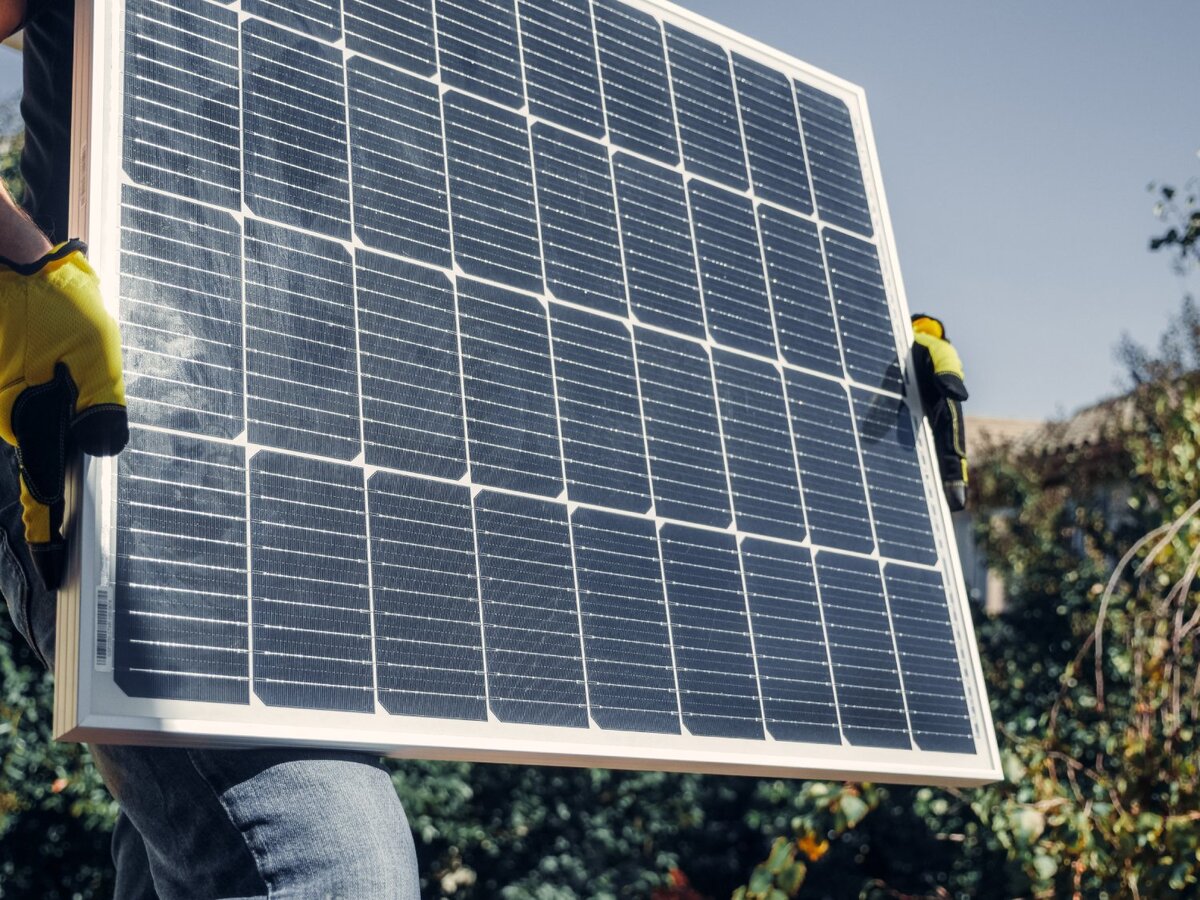
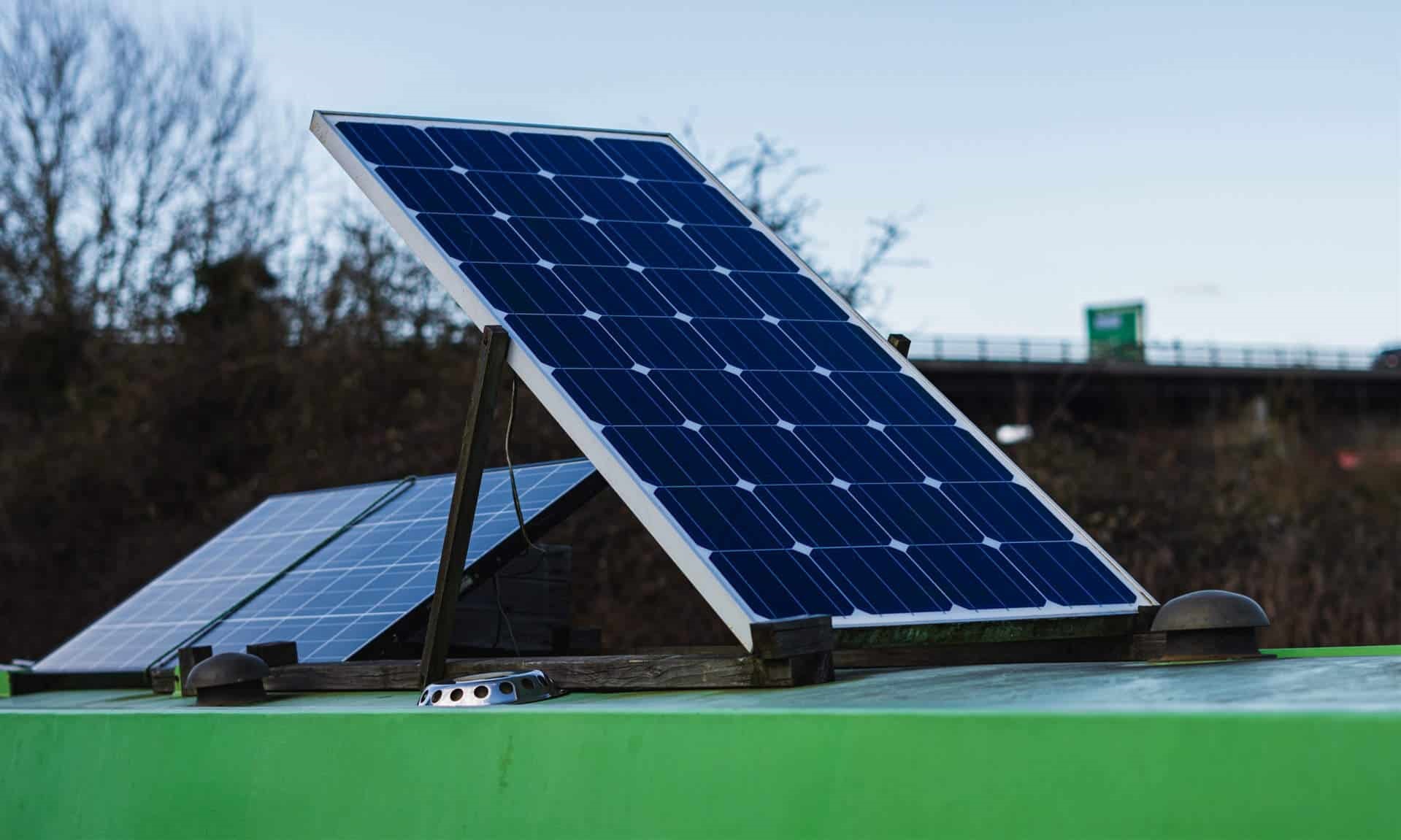
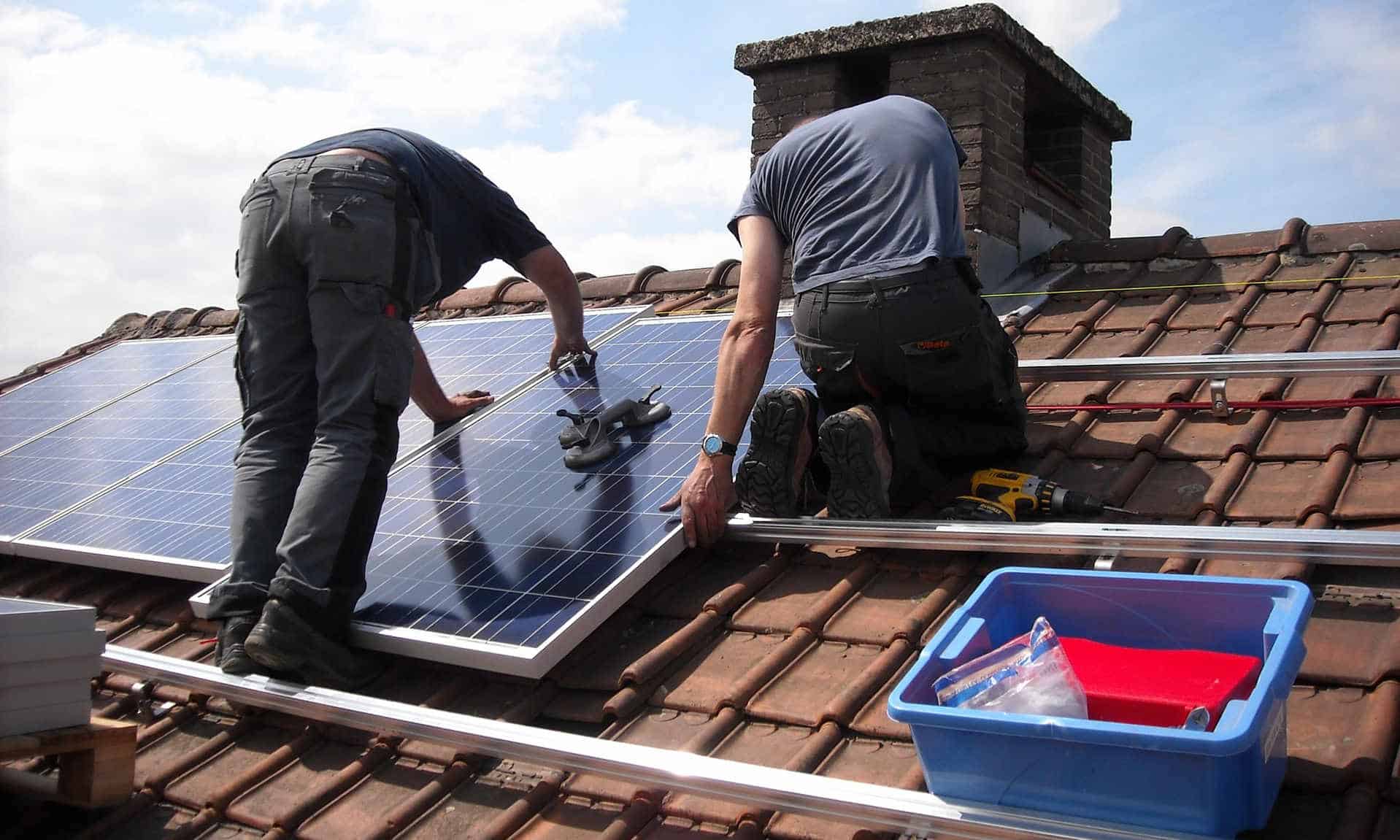
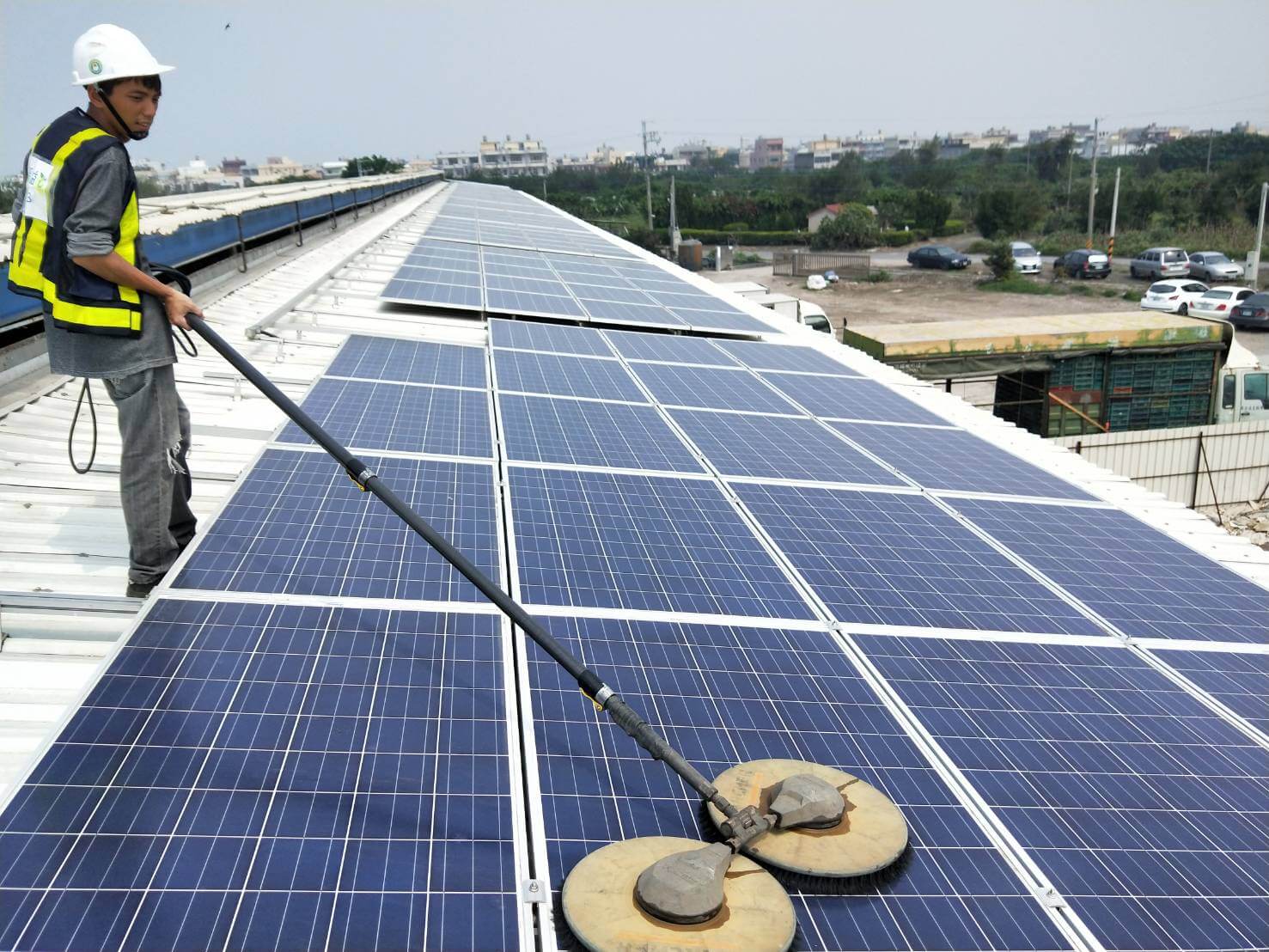
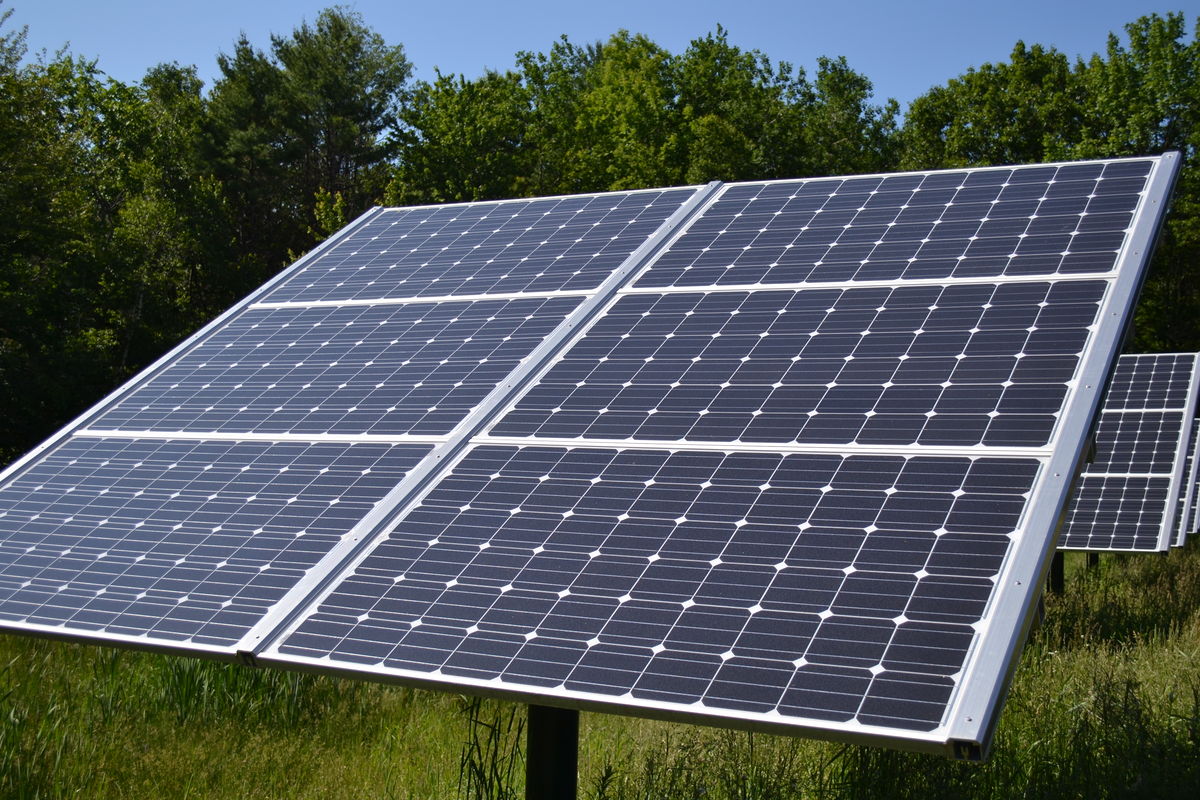
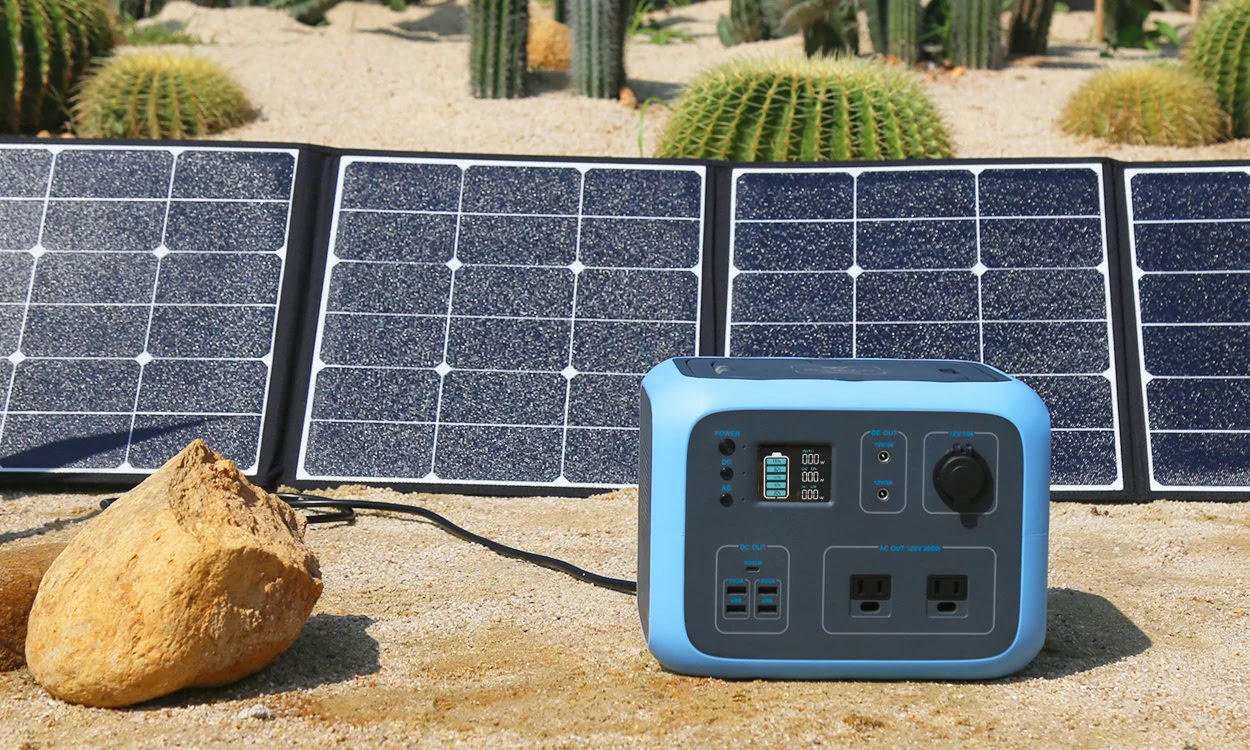
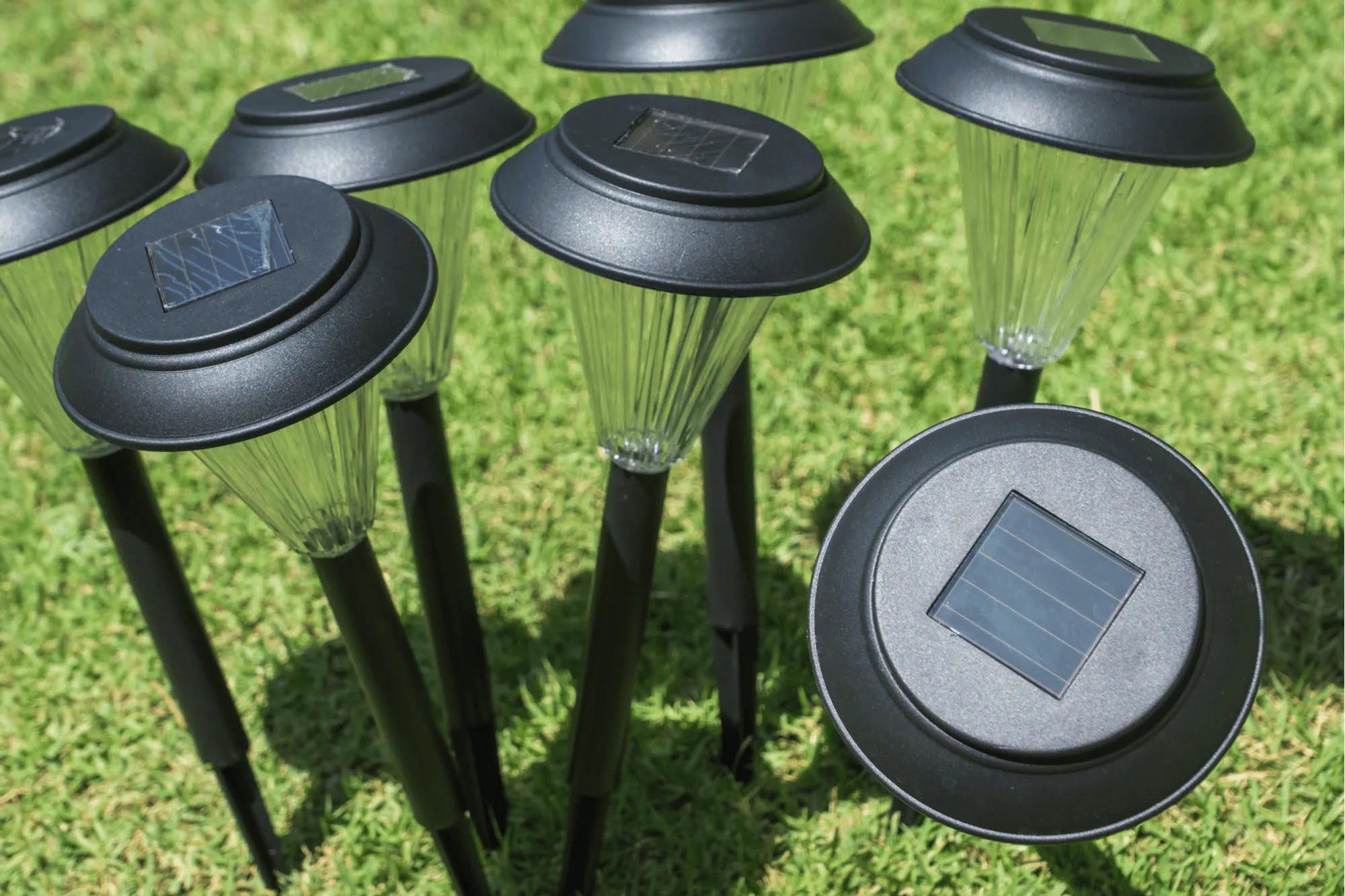
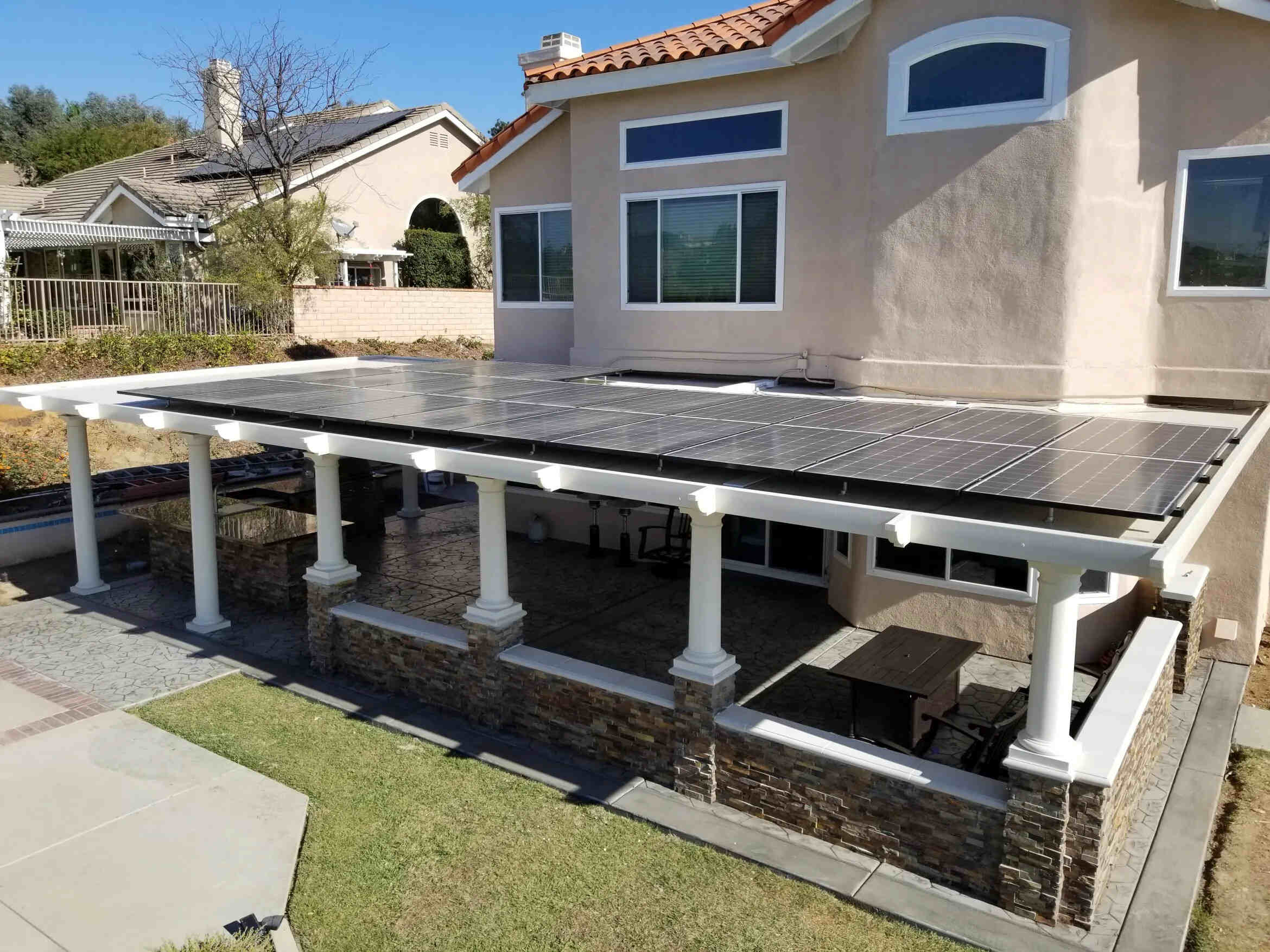
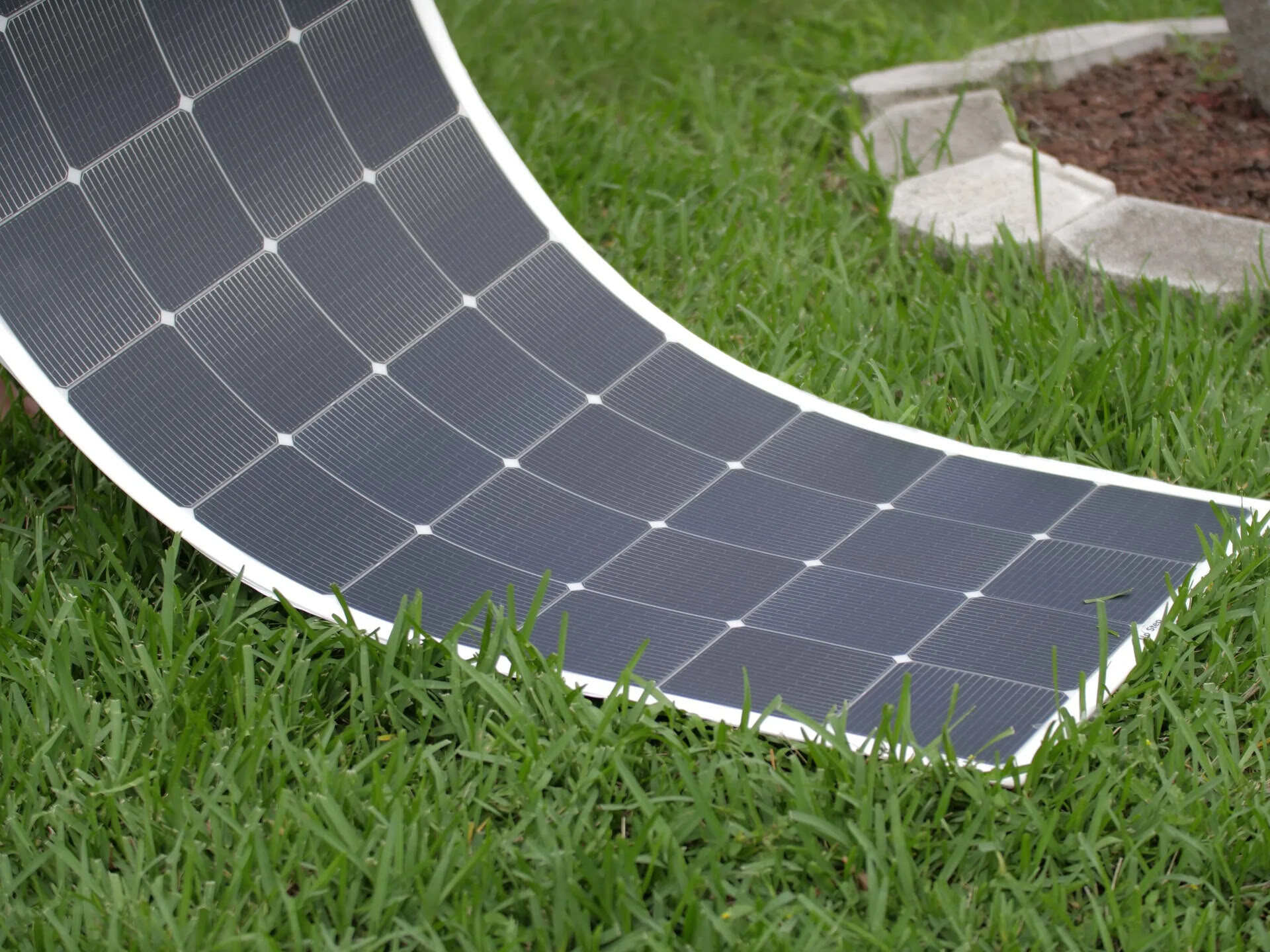
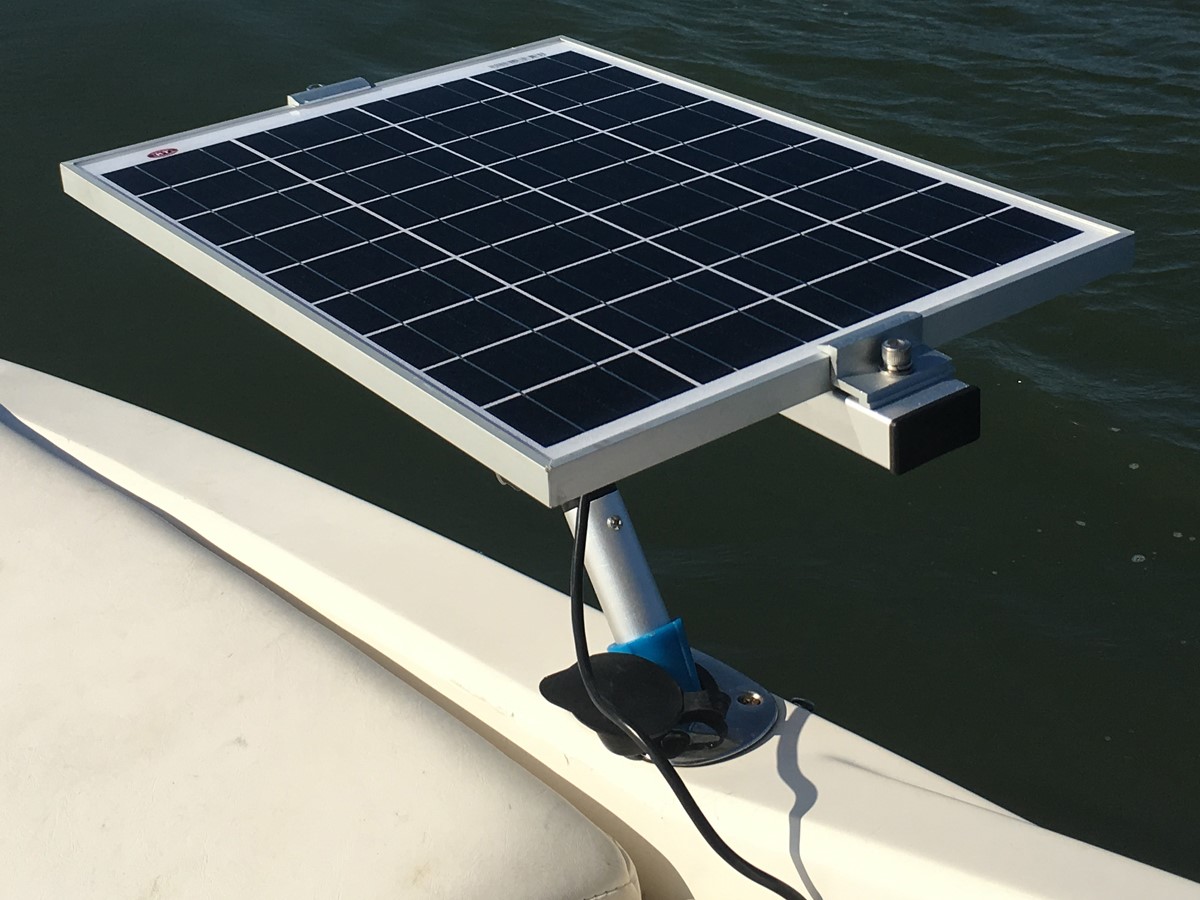
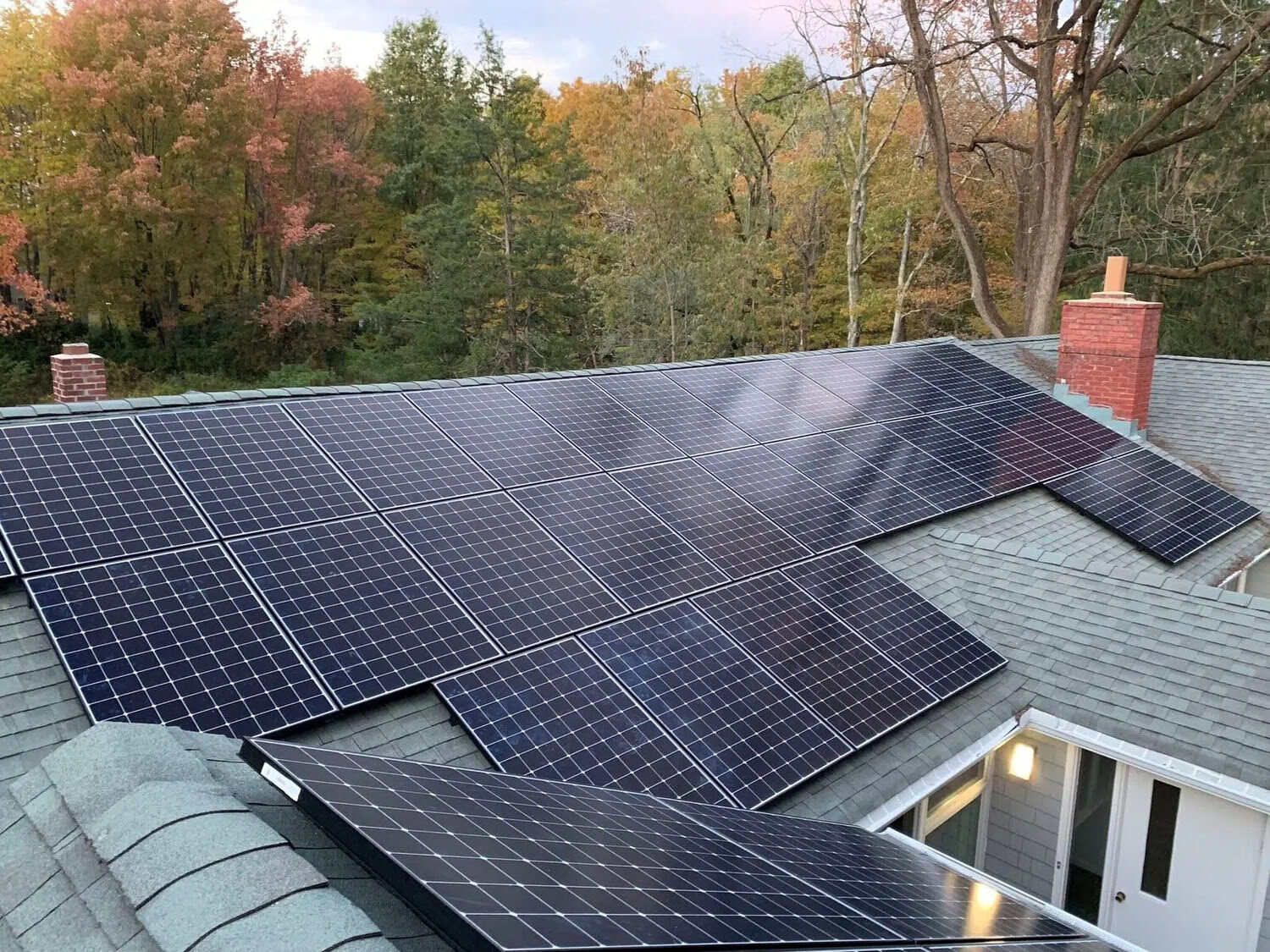
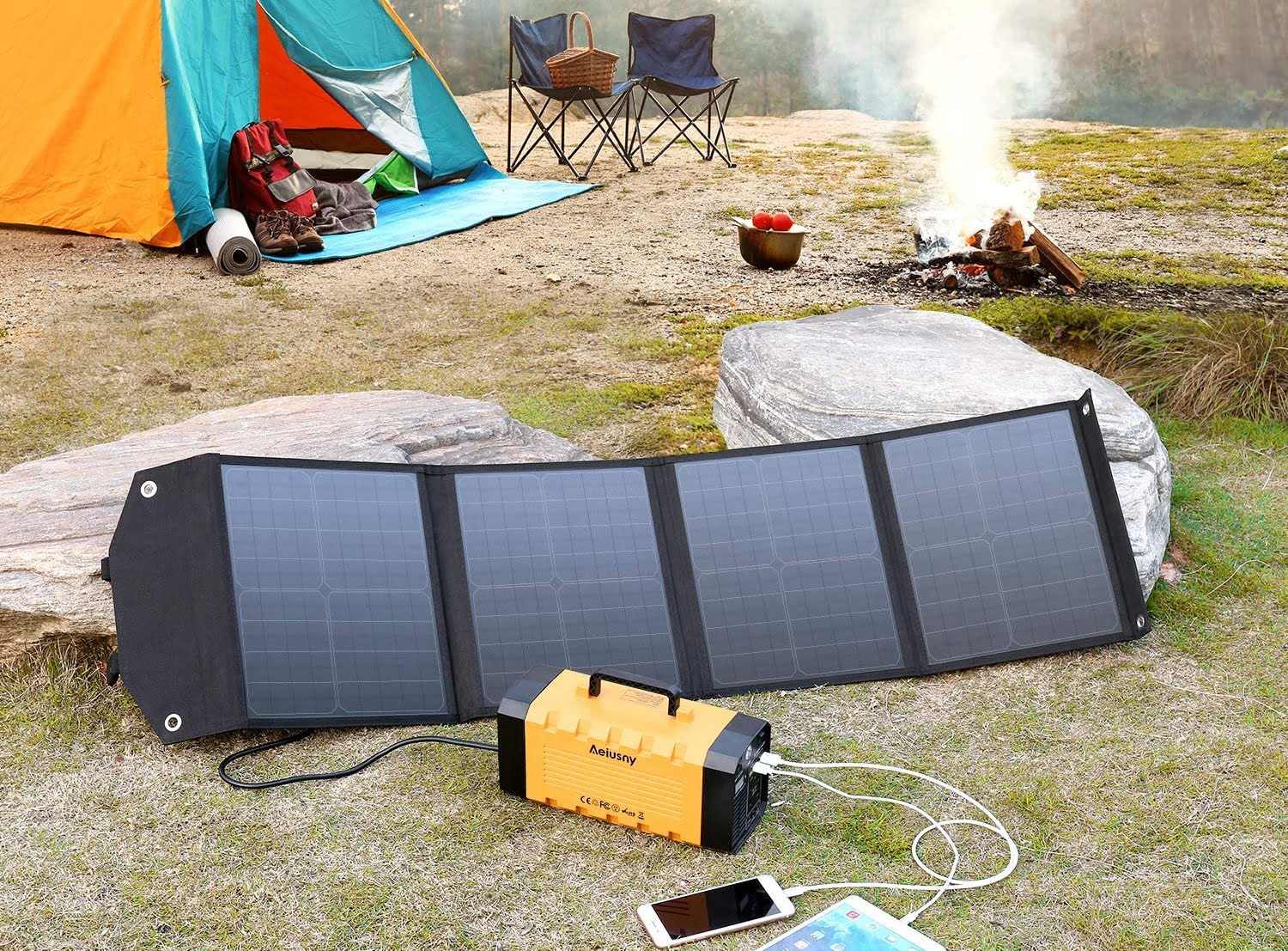
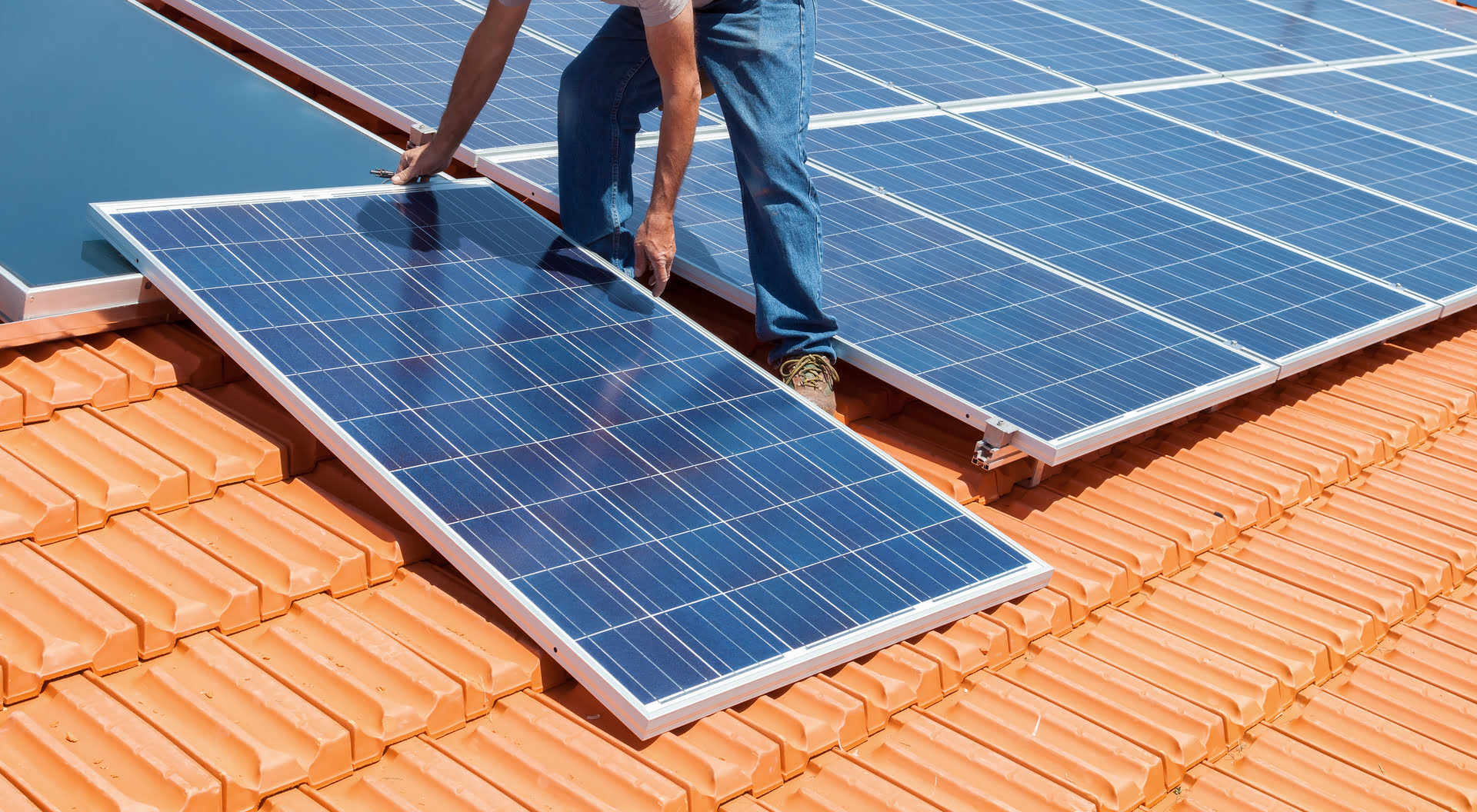
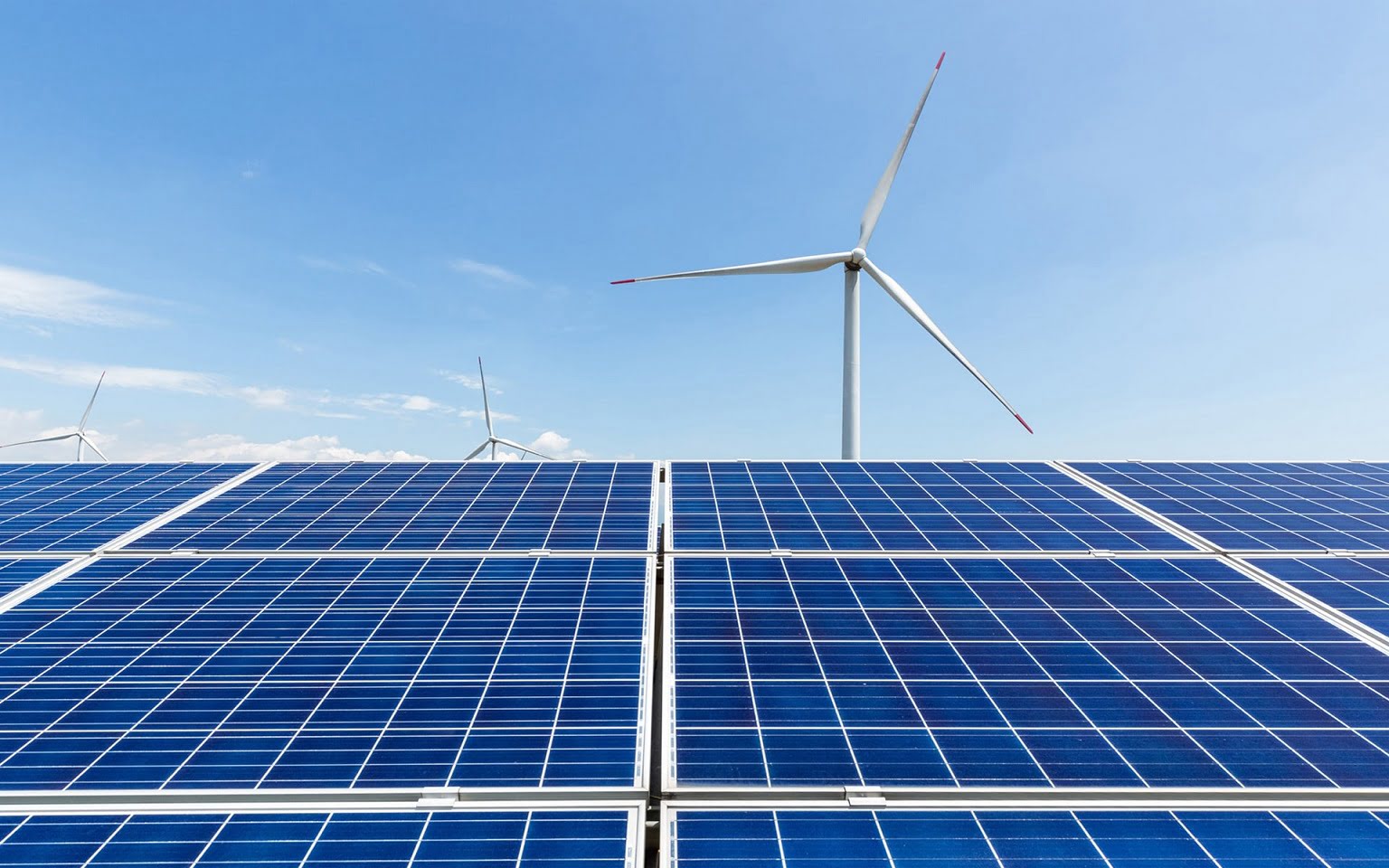

0 thoughts on “How To Store Solar Panels”